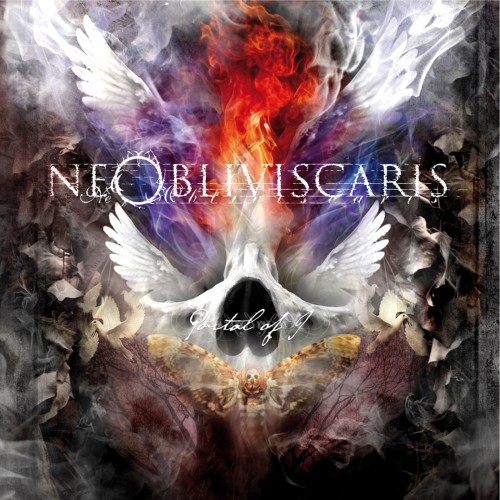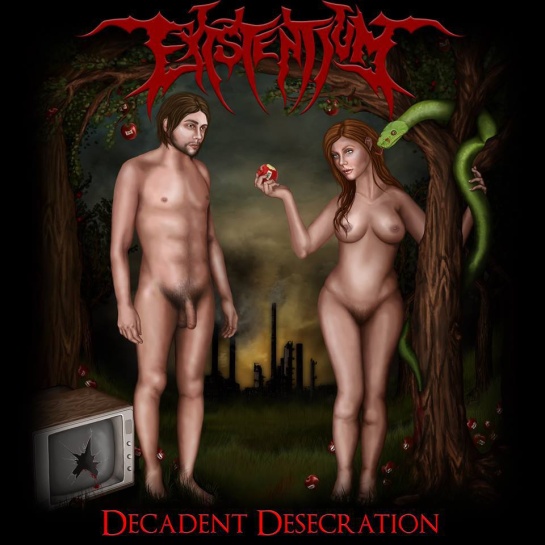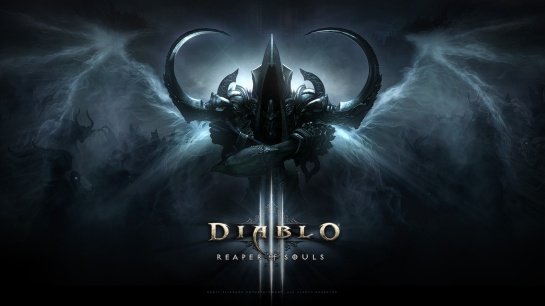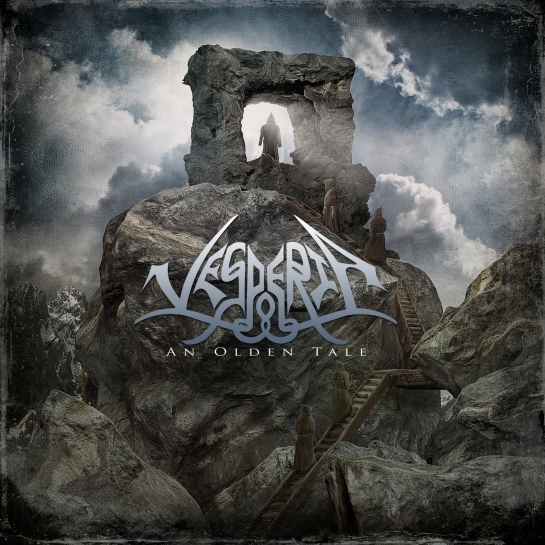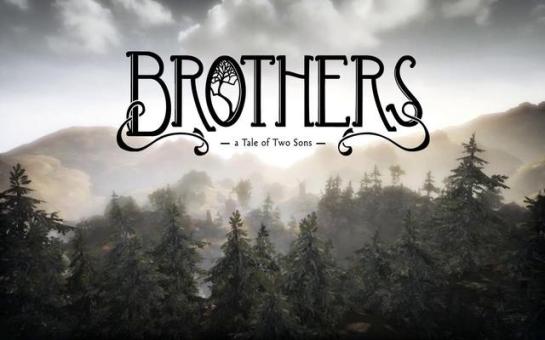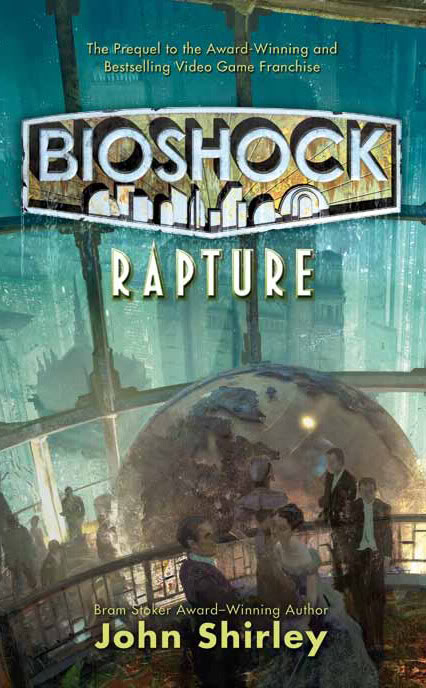Long have I been a devout advocate of all that is not Apple, when the smartphone revolution began with Steve Jobs announcing the first iPhone, I already had my sights set on the -now a mere memory- Imate Jamin, I thought it looked cool with its matte black finish and big resistive touch panel with a whopping 240×320 resolution, also the promise of a Windows OS was very appealing.
I went from that to a Samsung F480 that my sister had bought me for my birthday, then to my first flavor of Android with the Samsung Galaxy S2, which I had fitted with a nice amount of custom roms/bios and have some articles on this blog for how to unbrick. It was a nice phone, I absolutely hated Samsung’s TouchWiz and swore not to get another Samsung until they got their shit together. My very next phone was a switch back to Windows Phone with the Lumia 920, which I wholeheartedly loved, but was ultimately let down by the lack of apps, I was not patient enough to stick through with Microsoft, not that that would have done me any good anyway. I stayed with mostly vanilla android devices afterwards, jumping from the Nexus 5 to the Nexus 6, to a OnePlus One, then a OnePlus Two, which were all very pleasant devices to work with, albeit having one common problem though, and it’s not the phones’ problems, and definitely not an Android problem, but it was a personal problem, I had gotten bored of how Android looks and works. I knew it inside out and yearned for a new challenge. I knew what I was thinking but did not want to admit it to myself, or to anyone.
So I set these taboo thoughts aside and stayed the course with my Android love, I bought myself a Samsung Galaxy S7 Edge, it was praised everywhere as the flagship phone to get with its curved edges and its sexy sleek design. TouchWiz had definitely improved over those 5 iterations, it became snappier, less filled with Samsung bloatware (AT&T made sure to counter that though), and mostly just nicer to look at.
But it was still there… That urge… That need to try something new, Android was becoming stale and there was a new announcement happening in the weeks to follow. One at Cupertino… So I went for it. I bought an iPhone 7 Plus.
Let me give a little more backstory, the only Apple devices I had ever owned were a circa 2009 Macbook Pro, which was fine, but compared to how customizable regular PCs are, it just fell flat on its face, specifically because I do love upgrading and customizing my computers. And a last gen iPod classic, the 160GB one, which still works, and that I still love and consider the best mp3 player to have ever existed. It was fast, it had my entire music library on there, and there was never a place I went to without it in my pocket.
Other than these two devices, I was an Apple hater, challenging the logic of every person buying an Apple device and just wondering why would they ever settle for less? Why wouldn’t they just buy an Android device with the same iPhone coming in year in and year out, with only mild surface changes? It’s like buying Call Of Duty on a yearly basis. What’s the point? It’s the same game.
Make no mistake though, I still feel the same way, the difference between the iPhone 6S and the iPhone 7 is laughable to say the least, it’s an incremental upgrade through and through, and the only noteworthy changes are the missing headphone jack, because that’s what courage is all about, and the new home button.
With that said, let me get back to my experience with an iOS device. Once I got the phone, before I opened it up, I started Googling how I can transfer my texts over from my SGS7 to my new shiny Apple device, this was always a pain for me, I love keeping my texts, I have texts from way back when I had my SGS2 four years ago. All I was able to find was a few dedicated apps that required you to connect to a PC. So I proceeded to unbox my phone first and thought I would get to the text transferring later, to my surprise, Apple already took care of that issue with their “move to iOS” app, installed on my SGS7 and transferred every last thing from that phone to my new one over the course of a couple of hours.
I then spent the next few days with my new phone, I was mesmerized, I wasn’t able to put it down, it was everything I wanted in a new phone, it was sleek, it was intuitive, and most importantly, a complete mystery to me. I had never used or owned an iPhone before, so for me, this was no incremental upgrade, it was a complete overhaul.
I started downloading apps upon apps, and discovering everything my new iPhone has to offer, the camera is stunning, the screen is absolutely fantastic, the force touch feature is something I never knew I’d be enjoying so much, the fingerprint sensor is SO much faster than my SGS7’s was, and man, are those speakers loud!
I will admit to missing a couple of things from my Android days though. I do miss the headphone jack, I don’t use wired headphones on my phones at all, I only use Bluetooth ones for when I go on a run and leave my audiophile music needs to my PC and my work laptop, however my car’s bluetooth is finicky at times, so now the option of connecting a 3.5mm jack into my phone is but a dream, also the ease of syncing an Android watch with an Android device is SO much easier than doing so with an iOS device. Or so my Moto360 would have me believe anyway.
I also miss the myriad of folder explorers on the Android store, there might be an Apple equivalent that I haven’t found but for now, I don’t have one.
And the last thing I miss about Android is that toast notifications aren’t persistent and can be dismissed by a swipe on either side. Apple, take note, don’t give me notifications that block the top part of the screen and that last for minutes on end unless I actively open and then close the notification.
So, there you have it, I love my iPhone, I think it’s a wonderfully built device that’s fantastic for newcomers to the Apple ecosystem, but extremely redundant if you have an iPhone 6 or 6S.
